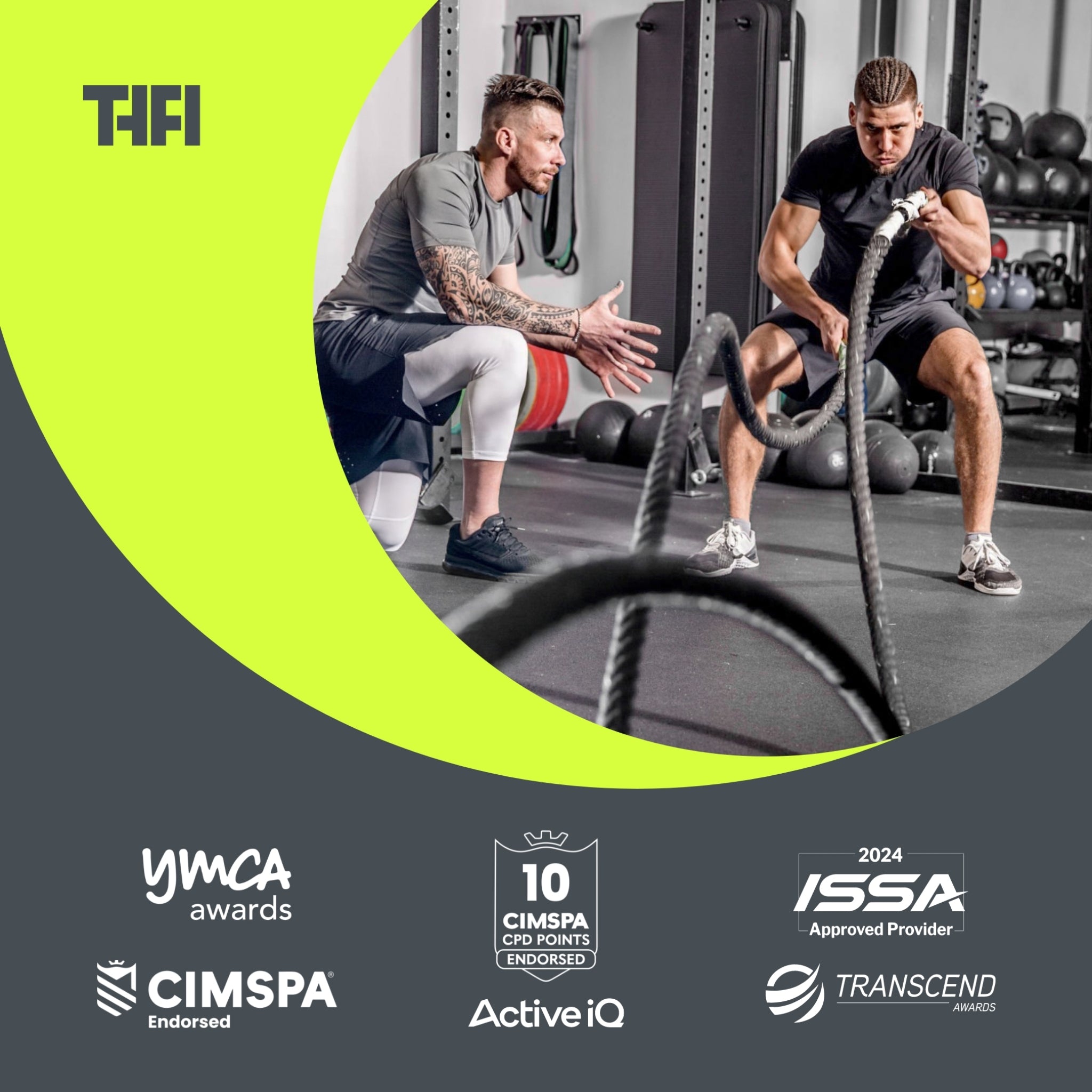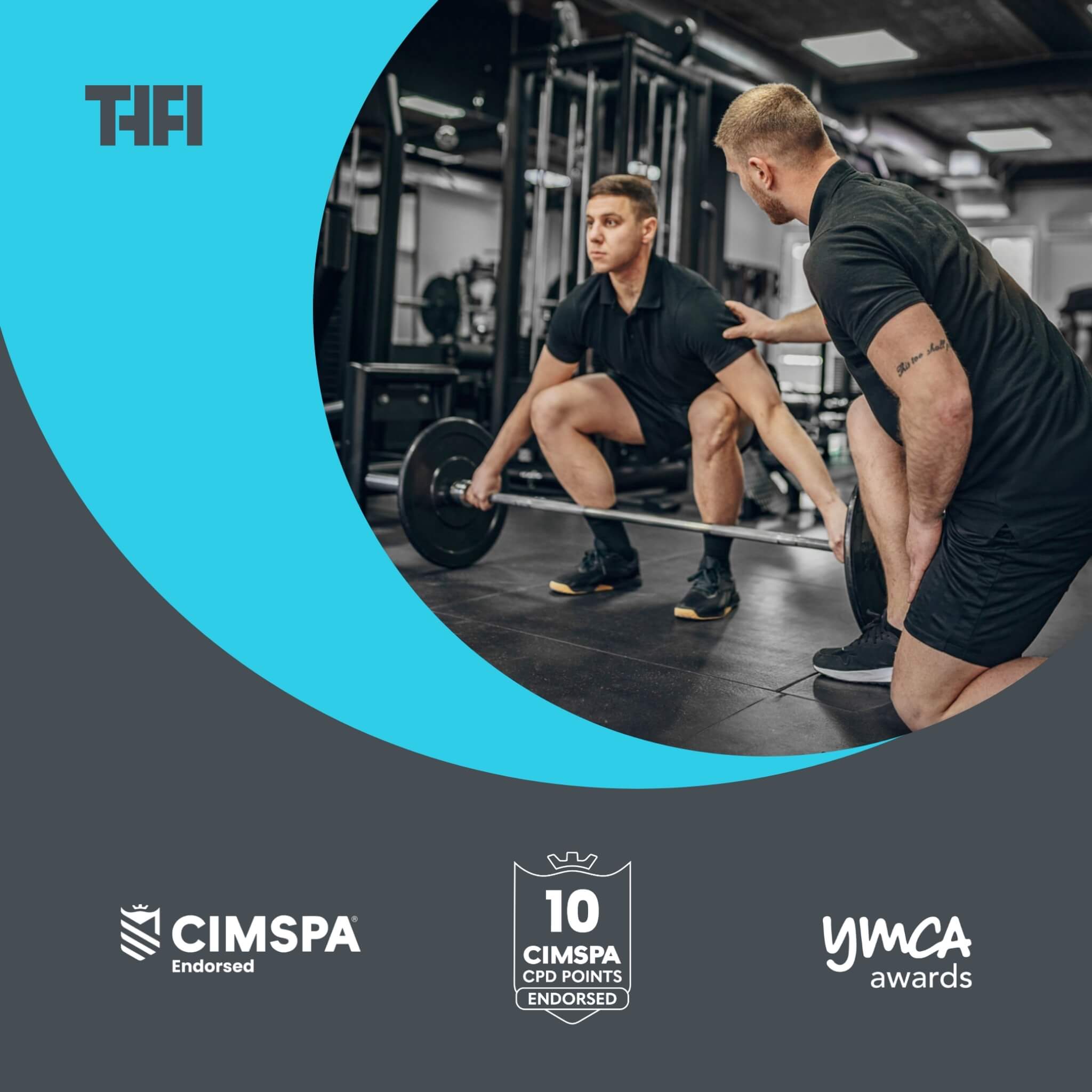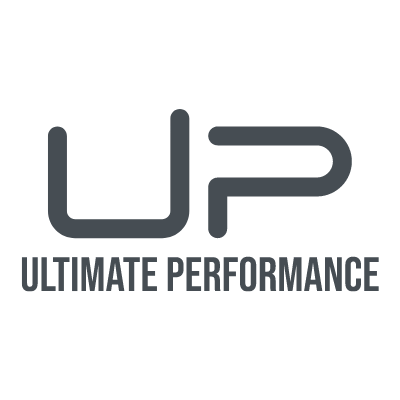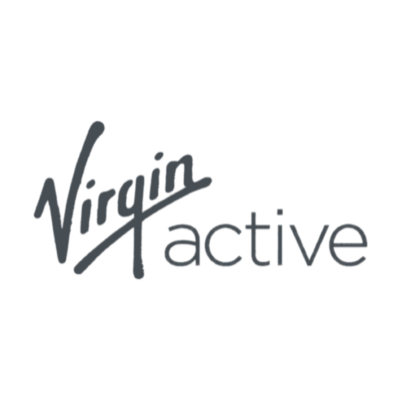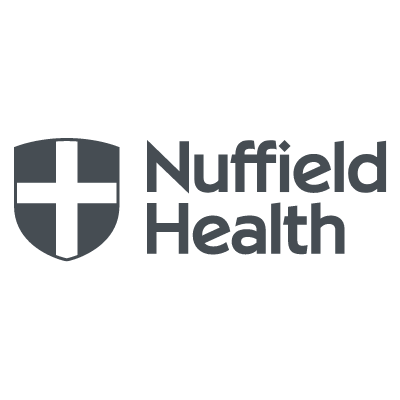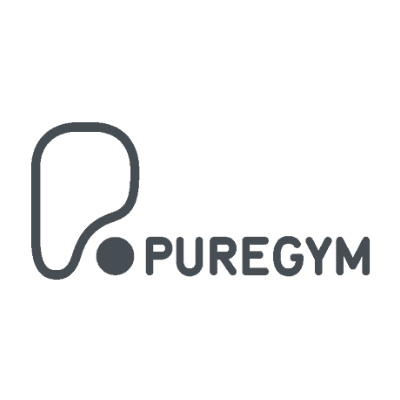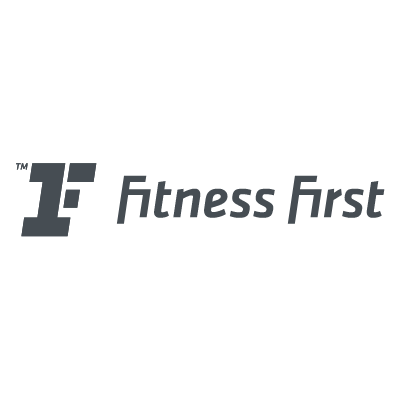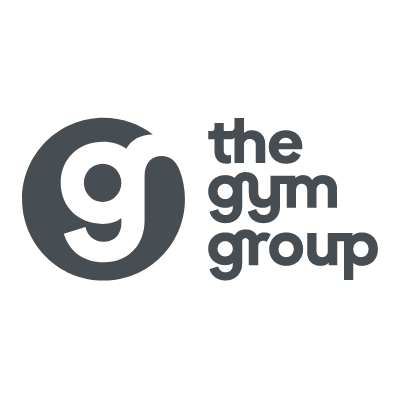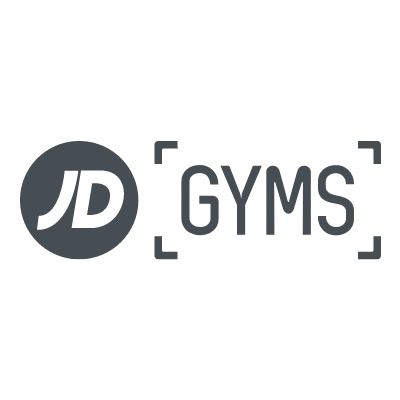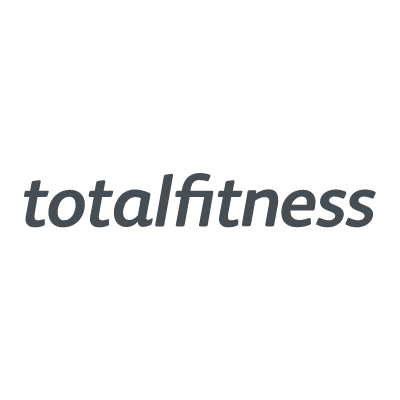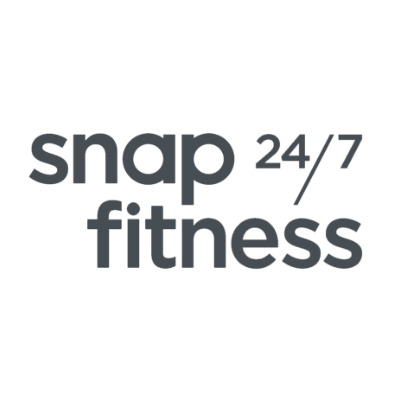How to use LinkedIn to grow your personal training business

Are you struggling to utilise LinkedIn to grow your personal training business?
Perhaps it feels overwhelming to know how to best use the platform compared to Instagram or Facebook. You’re certainly not alone!
If you’ve recently completed your pt course, mastering platforms like LinkedIn is a smart next step to start attracting the right clients and building your professional reputation.
But knowing your way around LinkedIn can be a goldmine for building a follower base and pulling in high-net-worth clients. And it’s far easier than you may believe...
With a few simple strategies we’ve set out in this article, you’ll understand both how easy LinkedIn is to use and the value in it. You’ll learn how to make your profile stand out, create valuable content that people will want to read and where to find your next paying clients on the platform.
In five minutes’ time, you’ll have actionable tips to put into practice straight away...
Sharpen up your LinkedIn profile
Your LinkedIn profile serves as your online business card. A polished profile not only reflects your professionalism but also builds trust with potential clients and connections. Start with a professional headshot. This should be a clear image where you look approachable and confident. Remember that personal training is a customer facing role so looking friendly is guaranteed to help too. Studies show that accounts with profile pictures are 14 times more likely to be viewed by others.
Next, craft a compelling summary. This section is your opportunity to tell your story, explain your training philosophy, and highlight what makes you unique. Aim for a tone that reflects your personality while remaining professional. Include your certifications, specialisations, and a brief narrative about why you became a personal trainer. Be sure to convey how you can help clients achieve their fitness goals. A well-structured summary can engage visitors and encourage them to connect with you.
Add all previous experience in the industry and any other qualifications you’re currently undergoing. This reinforces your commitment to the industry and therefore displays you as a more credible trainer. A comprehensive profile shows the details of knowledge you have, so it helps to attract both potential clients and employers.
Strengthen your LinkedIn network
Networking is crucial in the fitness industry, and LinkedIn is an ideal platform for this. Start by identifying the right connections. This includes fellow trainers, fitness enthusiasts, health professionals, and potential clients. Use the search function to find individuals and organisations in your niche. Quality connections can lead to referrals and collaborative opportunities.
When reaching out to connect, personalise your request. A simple message explaining why you want to connect can make a significant difference. For instance, mention a shared interest in fitness or a common professional connection. This approach increases the likelihood of your request being accepted and helps establish a rapport right from the start.
Once connected, look for opportunities to engage further. Send a welcome message to new connections, offer assistance, or share relevant resources. Engaging consistently with your network will strengthen these relationships and keep you top of mind when they think of fitness.
Start engaging with your LinkedIn community
Engagement is key. Regularly interact with your connections by liking, commenting on, and sharing their posts. This not only keeps you visible but also demonstrates your interest in their work. By actively participating in conversations, you position yourself as a knowledgeable and supportive figure in the fitness community. Keep your profile at the top of other users’ memories when they encounter their own need for a personal trainer. Anyone you interact or engage with could be a potential client lead.
How to create and share valuable content that will gain attention
One of the best ways to establish yourself as an authority is by sharing valuable content. An empty profile has no chance of impact. Post articles, tips, and insights related to fitness, nutrition, and wellness. Aim for a mix of formats—text posts, images, and videos—to keep your content engaging. For example, consider sharing a weekly workout tip or a recipe for a healthy meal. The key is to provide actionable advice that your audience can implement.
LinkedIn’s publishing platform allows you to write long-form articles. These can be powerful tools for highlighting your expertise. Choose topics that resonate with your target audience, such as “The benefits of strength training for weight loss” or “How to create a personalised fitness plan.” Longform content can also allow you to create a personal brand which can be vital when choosing a personal trainer. Longer content allows you to provide the most in-depth analysis and create more of a personal brand and voice on the platform. It is ultimately this that will make you stand out from competitors.
Not only does this position you as a thought leader, but it also increases your visibility on the platform. Well-written articles can be shared and commented on, further expanding your reach. Be sure to reply to comments too as another way to engage with your audience. Include a call to action at the end of your articles to encourage readers to connect with you for personalised training or to learn more.
Harnessing the power of LinkedIn groups
LinkedIn groups are excellent for networking and sharing knowledge. Search for groups related to fitness, wellness, and personal training. Once you join, be active. Contribute to discussions, share your insights, and answer questions. This engagement helps build your reputation as a knowledgeable professional and can lead to new connections and potential clients.
How to create your own group
If you have a specific niche or training philosophy, consider creating your own LinkedIn group. This allows you to build a community around your expertise. Promote your group on your profile and through your network. Regularly post relevant content, initiate discussions, and encourage members to share their experiences. A thriving group can become a valuable resource for both you and your members, creating opportunities for collaboration and client acquisition, as well as establishing you as a leader.
How to find more clients on LinkedIn
Identifying potential clients on LinkedIn involves strategic searching. Look for individuals who have recently changed jobs, moved to a new city, or expressed interest in fitness-related content. You can use LinkedIn’s advanced search features to filter results based on industry, location, and interests. This targeted approach can help you connect with individuals who may be seeking personal training.
Once you’ve identified potential clients, reach out with a personalised message. Introduce yourself and express your interest in helping them achieve their fitness goals. Avoid being overly salesy; instead, focus on how you can provide value. If they don’t respond, follow up after a week with a gentle reminder or share a piece of relevant content. This keeps the conversation going without being intrusive.
Measuring your LinkedIn success
To assess the effectiveness of your LinkedIn efforts, regularly track your engagement metrics:
- Track the Number of Views: Monitor how many people are viewing your profile. A higher number can indicate increased visibility and interest in your profile.
- New Connections: Keep an eye on the number of connection requests you receive and send. A growing network is a sign of effective networking.
- Post Engagement: Look at likes, comments, and shares on your posts. High engagement indicates that your content resonates with your audience.
- Article Views: If you publish articles, check how many views and interactions they receive to assess their impact.
- Profile Followers: Monitor how many followers your profile has gained over time. A steady increase suggests that people are interested in your updates and insights.
- Response Rates: If you use LinkedIn’s InMail feature to reach out to potential clients or connections, track your response rates. High responses indicate effective communication and interest in your offerings.
- Search Results: LinkedIn provides data on how many times your profile appeared in search results. This can indicate how well your profile is optimised for search.
- Profile Completeness: LinkedIn offers a profile strength indicator that shows how complete your profile is. A stronger profile can lead to better visibility.
- Track Leads and Conversions: If your goal is to gain clients, keep a record of how many clients reach out to you via LinkedIn. Monitor conversions from leads to actual clients. Collaboration Offers: Note any partnerships or collaborations that arise from your LinkedIn connections. This can show how well you are leveraging your network.
- Gather Testimonials: Encourage clients and connections to leave recommendations on your profile. Positive feedback can enhance your credibility and attract new clients.
Use this data to refine your strategy. If certain posts generate higher engagement, consider producing more similar content. Pay attention to feedback and adapt your approach to better meet the needs of your audience.
Key Takeaways for Personal Trainers on LinkedIn
LinkedIn can be a game-changer for personal trainers looking to expand their client base and grow their business.
By sharpening your profile, actively engaging with your network, sharing valuable content, and leveraging groups, you can increase your visibility and position yourself as an authority in the fitness industry.
Remember, the key is consistency –building your presence on LinkedIn requires regular effort, but the rewards can be significant.
Start by optimising your profile to showcase your expertise, connect with the right people, and build meaningful relationships one post or message at a time. Share content that resonates with your audience and provides genuine value. The connections and conversations you foster will ultimately help you find clients who are serious about investing in their health – and in you.
Want more expertise to grow your business faster? Check out our mentorship programme to learn from industry leaders to fast-track the growth you're looking for.







